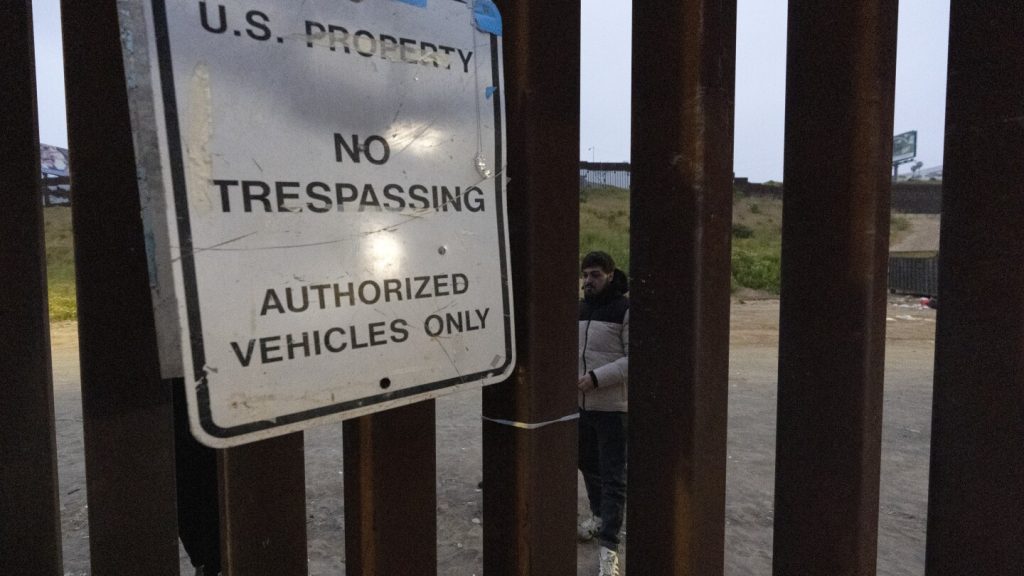Border arrests for illegal crossings into the U.S. dropped slightly in March, marking the first decrease in arrests during this month since 2017. This decline is attributed to increased immigration enforcement in Mexico, where authorities have detained migrants over 240,000 times in the first two months of the year, triple the number from 2023. This has lead to a decrease in the number of migrants attempting to cross into the United States. U.S. officials have credited Mexico for this recent decline, although Mexico has not released specific figures for March.
The decrease in border arrests in March comes as welcome news for the White House, as immigration continues to be a top concern for voters in an election year. President Joe Biden has hinted at the possibility of executive action to suspend asylum at the border if crossings reach a certain threshold. Despite the current decrease in arrests, border authorities remain prepared for any changes in migration patterns or criminal activities related to border crossings.
Tucson, Arizona, continued to be the busiest sector for the Border Patrol along the Mexican border in March, followed by San Diego and El Paso, Texas. The Rio Grande Valley in Texas, which has been a key corridor for illegal crossings in the past decade, saw a decline in activity and is now the fifth busiest sector. This shift highlights the fluidity of migration routes and the need for ongoing monitoring and enforcement efforts by border authorities.
The arrest tally provided by authorities does not include new pathways for legal entry into the U.S. under presidential parole powers, which allow individuals to enter temporarily and apply for work permits. In March, over 44,000 people were granted entry through an online appointment system known as CBP One. Since its introduction in January, more than 547,000 individuals have entered the country through this program, with Venezuelans, Haitians, and Mexicans being the top nationalities.
Additionally, over 400,000 individuals from countries such as Cuba, Haiti, Nicaragua, and Venezuela have been granted entry into the U.S. after applying online with a financial sponsor and arriving at an airport. These individuals have paid their way for legal entry into the country, indicating a growing trend in legal pathways for migration. The use of technology and online systems for processing entry requests has streamlined the process and allowed for greater oversight of legal entries.
Overall, the decrease in border arrests in March reflects a shifting landscape in migration patterns along the U.S.-Mexico border. While the current numbers are lower, authorities remain vigilant and prepared for any changes in activity. The use of technology and legal pathways for entry are also playing a significant role in managing migration flows and ensuring compliance with immigration laws. As conditions continue to evolve, border enforcement agencies will continue to adapt their operations to effectively respond to security challenges and migration trends.


